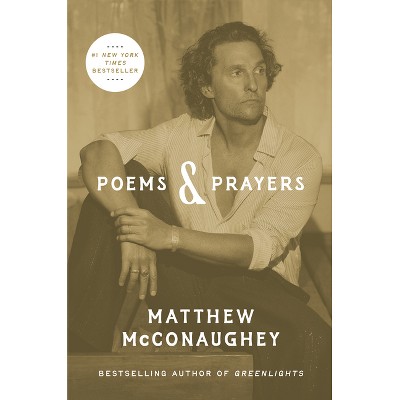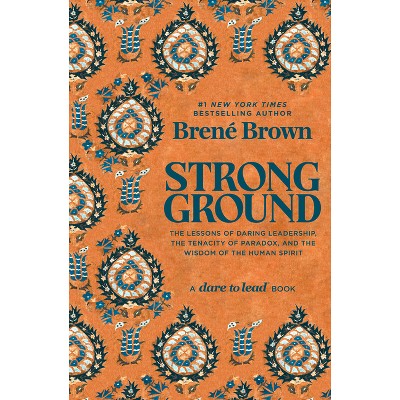Sponsored

Transcultural Things and the Spectre of Orientalism in Early Modern Poland-Lithuania - (Rethinking Art's Histories) by Tomasz Grusiecki (Paperback)
Pre-order
Sponsored
About this item
Highlights
- Is it possible for foreign things to be perceived as local?
- About the Author: Tomasz Grusiecki is Associate Professor of Early Modern European Art and Material Cultures at Boise State University
- 264 Pages
- Art, History & Criticism
- Series Name: Rethinking Art's Histories
Description
About the Book
Is it possible for foreign things to be perceived as local? Transcultural things sets out to examine this seeming paradox, focusing on artefacts from the Polish-Lithuanian Commonwealth.
Book Synopsis
Is it possible for foreign things to be perceived as local? Transcultural things sets out to examine this seeming paradox, focusing on artefacts from the Polish-Lithuanian Commonwealth.From the Back Cover
Transcultural things explores visual and material modes of vernacular self-expression in the Polish-Lithuanian Commonwealth, a confederate polity created in 1569 as the Polish, Ruthenian, Lithuanian and Prussian nobilities found themselves drawing closer together culturally. It examines how the process of becoming an interconnected political community was activated and legitimised by material culture such as maps, illustrated histories, costumes and carpets.
These artefacts came to act as signifiers of localness and the Commonwealth's cultural distinctiveness, yet they were often from abroad, particularly the Ottoman Empire. Highlighting objects' mobility, adaptation and cultural reappropriation, this study points to the exogenous underpinnings of cultural self-identification and the allegedly local artefacts that mediated it. Transcultural things foreground the often-overlooked extrinsic aspect of nativism, positioning Poland-Lithuania as a useful methodological laboratory for challenging theories of national and societal cultural distinctiveness. The analysis reveals how a discourse of distinctiveness emerged in response to transcultural flows of people and artefacts as well as how, for Polish-Lithuanian elites, making sense of one's own world was fundamentally informed by other cultures - and was therefore, inevitably, embedded in a global context.Review Quotes
WINNER of The Oskar Halecki Award (PIASA) 2024.
'Reading this book is a great intellectual adventure.'
- The English Historical Review
'Tomasz Grusiecki's book is an invaluable foundation for future research. It will arouse keen interest not only withing English-speaking academia, but also in Poland, Ukraine and Belarus. It weaves a number of highly important threads into the fabric of the historiography of art, and visual and material culture of the Polish-Lithuanian Commonwealth. I highly recommend this beautifully illustrated and exceptionally well-written and well-researched book to scholars, students and non-academic readers'
- sehepunkte
Thomas DaCosta Kaufmann is Frederick Marquand Professor of Art and Archaeology at Princeton University 'Debates over originality and cultural distinctness have been studied outside art history for more than forty years, yet have still barely made a dent in the national culture model of the discipline. Grusiecki's intervention is especially welcome for its nuanced critical framing and the depth of his knowledge of a rich body of material evidence.'
Claire Farago, Professor Emerita, University of Colorado Boulder
'Tomasz Grusiecki's, Transcultural Things and the Spectre of Orientalism in Early Modern Poland-Lithuania is an attempt to deconstruct Polish national historical identity. He is alarmed by a world that is "turning once more towards nativism and cultural essentialism". He employs the history of "transcultural" Poland in the fight against "toxic myths of national purity, which often underpin atavistic ethnonationalisms that purge the imagined community of dissenting views"'
- Moshe Rosman, Slavic Review, 2024 'Overall, however, Transcultural Things contains important lessons, particularly for Western historians of early modern art looking to expand their horizons towards Central and Eastern Europe. Grusiecki has written a compelling, erudite and multifaceted book that reminds us of the heterogeneity and fluidity of cultural identities in Poland-Lithuania, and exposes their entanglement with foreign elements.'
-Paul Hlsenboom, European History Quarterly
About the Author
Tomasz Grusiecki is Associate Professor of Early Modern European Art and Material Cultures at Boise State UniversityShipping details
Return details
Trending Non-Fiction






Discover more options





